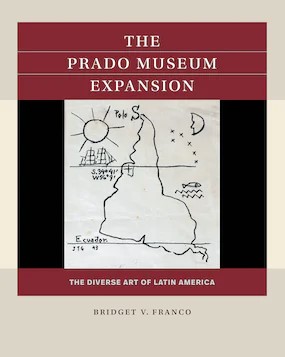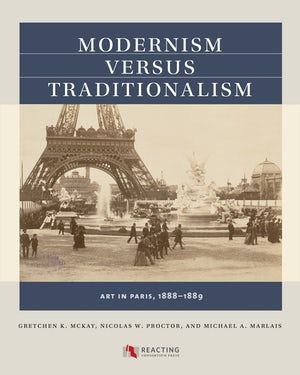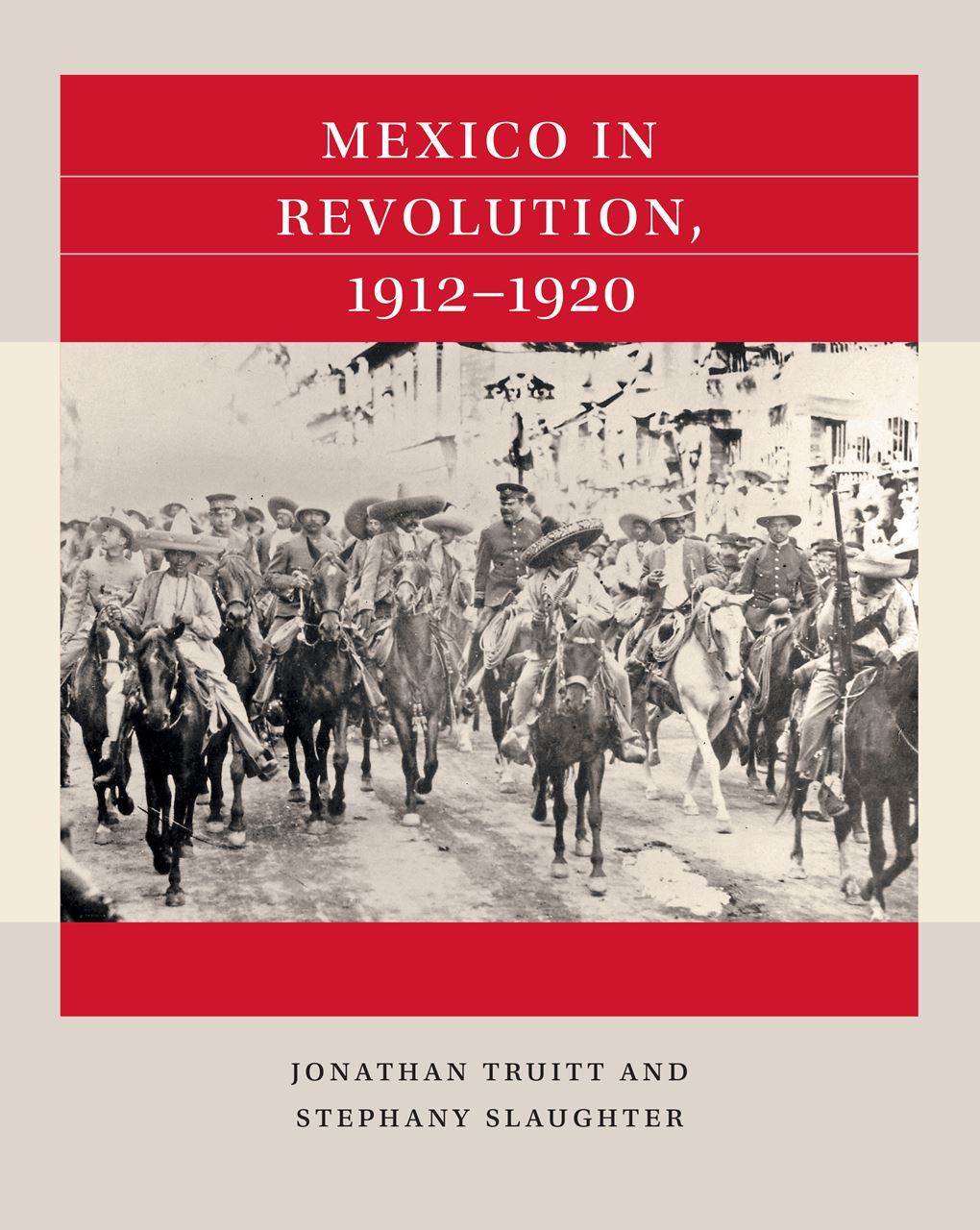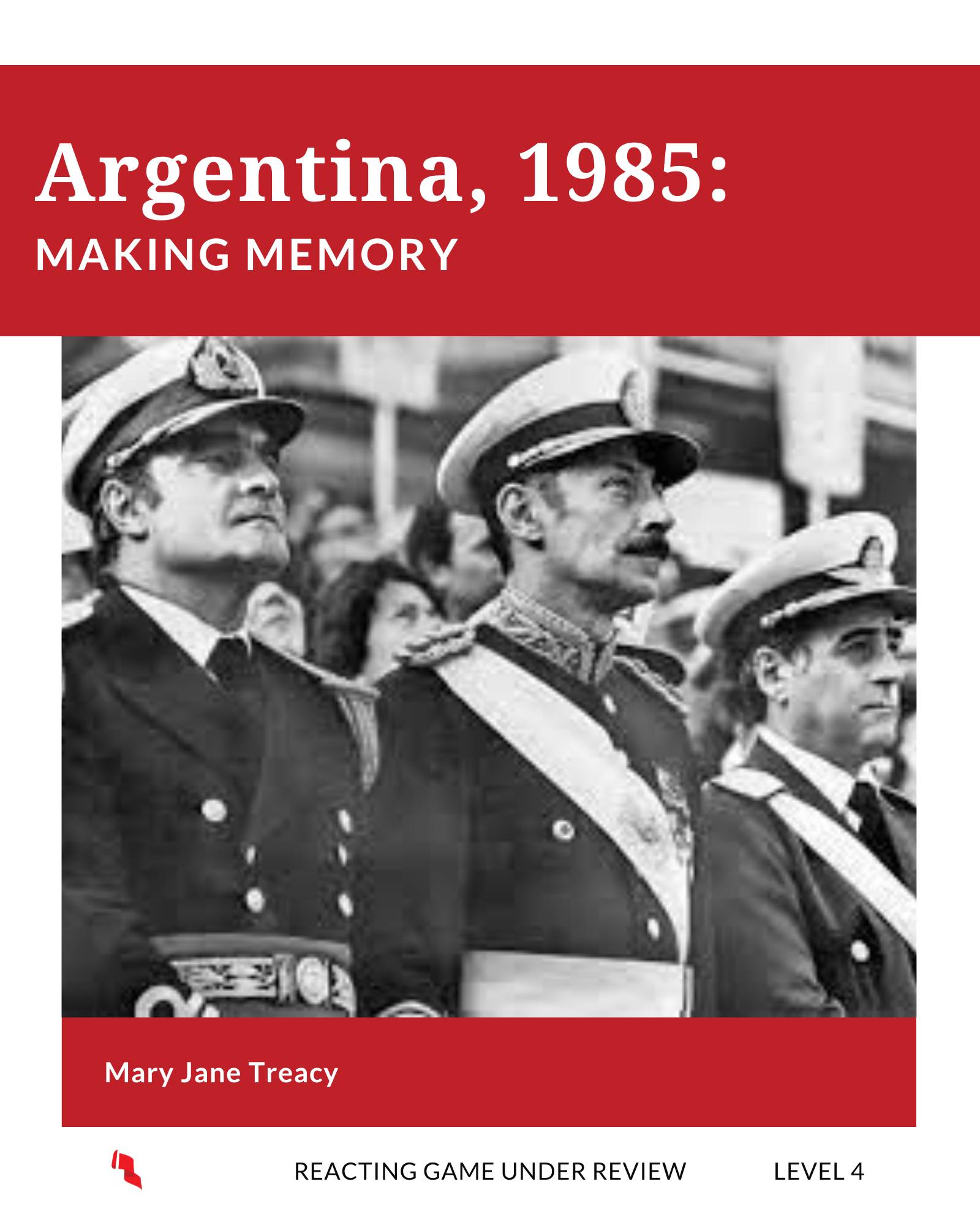 |
PRADO AND LATIN AMERICAN ART
The Prado Museum Expansion: The Diverse Art of Latin America
by Bridget V. Franco
Play this game recently? | Murals, politics, race, Cubism, street art – and more! Join curators, art dealers, artists and patrons for a night of Latin American Art at the Prado Museum. With an eye to diversifying its predominantly national Spanish-centered collection, the Prado Museum decides to curate a new gallery of Latin American paintings from the twentieth and early twenty-first century. What makes the art of Latin America unique? Which artists are considered representative of Latin American Art? What is the place of Latin American Art in the global art world today? To help answer these questions, the Prado Museum administration has set into motion a series of negotiation sessions to determine which paintings will be chosen for the new gallery. Artists and art dealers from Argentina, Brazil, Chile, Colombia, Costa Rica, Cuba, Ecuador, Mexico, Peru, Puerto Rico, and Uruguay have arrived in Madrid to advocate for their paintings' stylistic and historical importance. The Prado game provides a diachronic introduction to the diverse styles and movements (Cubism, Constructivism, Surrealism, Expressionism, Mexican Muralism, Indigenismo, Abstract Expressionism, Hyperrealism, Chicano Art, Street Art, and Naïf Art) that have influenced our understanding of Latin America art from the early 1900s to the new millennium. Taking on the roles of museum curators, docents, marketing directors, Patrons of the Arts, private art collectors, artists, and art dealers, players will learn how to identify the formal elements of Latin American painting and immerse themselves in the complex dynamics of the international art world. |
Details
|
Using the Game
Class Size and Scalability Class Time
Assignments You can adjust the assignments to fit the desired learning outcomes of your class. This game can include traditional paper/research/thesis-driven writing. All roles are required to give formal speeches. |
Read more about scaling this game for different class sizes...
Small Classes The GM can take on the role of one or both curators him/herself in order to play the game with 10-11 students. The minimum number of players needed for the game is ten.
Marketing Director: If the game is played with 12 students or less, the role of the Marketing Director will be eliminated so the GM should omit any activities related to this role (marketing video, publicity posters, target demographic surveys). The elimination of the Marketing Director will affect some of the possible Blank Canvas points and may impact discussion of “The Future of Museums” in the Major Issues to Debate. The GM may opt to provide alternative survey data about the Prado’s target demographic. If a Marketing Director is included in the game, a student with experience in video editing, filmmaking and/or social media should be chosen for this role.
Docent: For classes with less than 17 students, you may find it useful to assign the docent role to an RTTP preceptor, if available, student volunteer, or an invited faculty member so someone else can help keep track of the Blank Canvas points.
Scalability for Large Classes You can scale the game up for large classes by assigning pairs or groups of students to the different roles. The GM will need to decide how to manage the formal speech requirement (students can present jointly or may be evaluated individually, with extra game sessions provided) and the artist/art dealer contract rules. Here are some recommendations for scaling the game up.
For the art dealers, students can work in pairs or small groups to present the artwork listed in the Gamebook. Art dealers can be required to select an additional work by their represented artist to present individually or jointly. Art dealers working in pairs are not obligated to sign the same artist and can negotiate their own contract. Sample instructions: “You and your partner(s) represent Sra. Caló and her expert team of art dealers. The attached materials give you information about one of the paintings by your client Frida Kahlo that you would like to present, but you must work together to choose an additional painting by Frida Kahlo that would be a good fit for the Prado’s new exhibition.”
For the living artists, the roles can be doubled so one player is the living artist and the other player is an art historian/professor advocating for the artist’s work. These players can be required to select an additional work by the artist to present individually or jointly. Artists, working in pairs with art historian/professor advocates, are not obligated to sign the same contract as their advocates. In fact, only the living artist (not the art historian/professor) should negotiate his/her own contract. This will introduce more competition among the art dealers, as the artist contract supply will be reduced. Sample instructions for art historian/professor advocates: “You are an art historian and advocate for the work of [insert name of living artist here]. The attached materials give you information about one of the paintings by [insert name of living artist here] that you would like to present, but you must work together with the artist to choose an additional painting that would be a good fit for the Prado’s new exhibition.”
The docent and marketing director can also be assigned to pairs or small groups of students.
The two curators, Duque de Artega and Sr. Lustres, are best played as indicated.
 GAME MATERIALS
GAME MATERIALS
Confirmed instructors who are not yet members can access basic instructor materials. Reacting Consortium members can access all downloadable materials (including expanded and updated materials) below. You will be asked to sign in before downloading.
Gamebook All students need a Gamebook, which includes resources and historical content. The Prado Gamebook is published by UNC Press. Paperback ISBN: 978-1-4696-7685-2 Published September 2023 Available wherever books are sold. | Role Sheets Students also need a Role Sheet, which contains biographical information, role-specific resources or assignments, and their character's secret victory objectives. | Instructor's Manual The Instructor's Manual includes guidance for assigning roles, presenting historical context, assignments, activities and discussion topics, and more.
Updated August 2023
|
Additional Resources
Download the Prado Game Overview document developed by the author. Resources for Introduction and/or Debrief The Instructor’s Manual includes an Annotated Bibliography with additional resources, and some artists and art dealers have suggested readings and/or films in their individual role sheets. |
Bridget V. Franco
Bridget V. Franco is associate professor of Spanish at the College of the Holy Cross in Worcester, Massachusetts. She received her Ph.D. from the University of California Irvine and her M.A. from the University of Notre Dame. Franco’s research interests include memory and resistance in Southern Cone narrative, visual art, and film, as well as digital and experiential pedagogy related to Latin American studies. She has published articles on Argentine and Chilean film and literature from the post-dictatorship periods in Chasqui, Revista Iberoamericana, Hispania, and Hispanófila. Franco is the creator of Cineglos (https://cineglos.holycross.edu/), a Spanish-language digital film glossary, and Cinegogía (cinegogia.omeka.net), an open-access bilingual Digital Humanities project dedicated to teaching resources for Latin American Film Studies. | Reacting and Related Titles
|
Reviews
"This is not 'Art in Paris' with a Spanish twist. It is a unique game that has its own game mechanics and activities (some of which, I think, will inspire other authors in the future). I really appreciate the variety of activities presented. Activities and assignments aren’t random (except in the sense that students have agency in choosing what to do). And they also aren’t overwhelming. Once I understood what the Blank Canvas activities are, I was excited, rather than overwhelmed by them." | "This game will be an asset to the RTTP game library and fulfills a need for additional art history games that also help convey ideas of culture, identity and politics. Students would learn a lot playing this game and I think it would be something memorable that increases their enjoyment of art as something to which they are entitled to have an opinion and something which brings joy to their lives. I teach at a Hispanic-serving institution. When I taught Art in Paris, about a third of the students went to an art museum for the first time (and it wasn’t a requirement or expectation for the course). I think this game would be even more relevant and interesting because it relates to the cultures and heritage of Latinx families." | "This game is well-constructed. The Instructor's Manual is clear and extremely well-organized. I think it provides strong support to novice and experienced Game Masters." |
Members can contact game authors directly if they have questions about using the game. We also invite instructors join our Facebook Faculty Lounge, where you'll find a wonderful community eager to help and answer questions.
|
|
|



